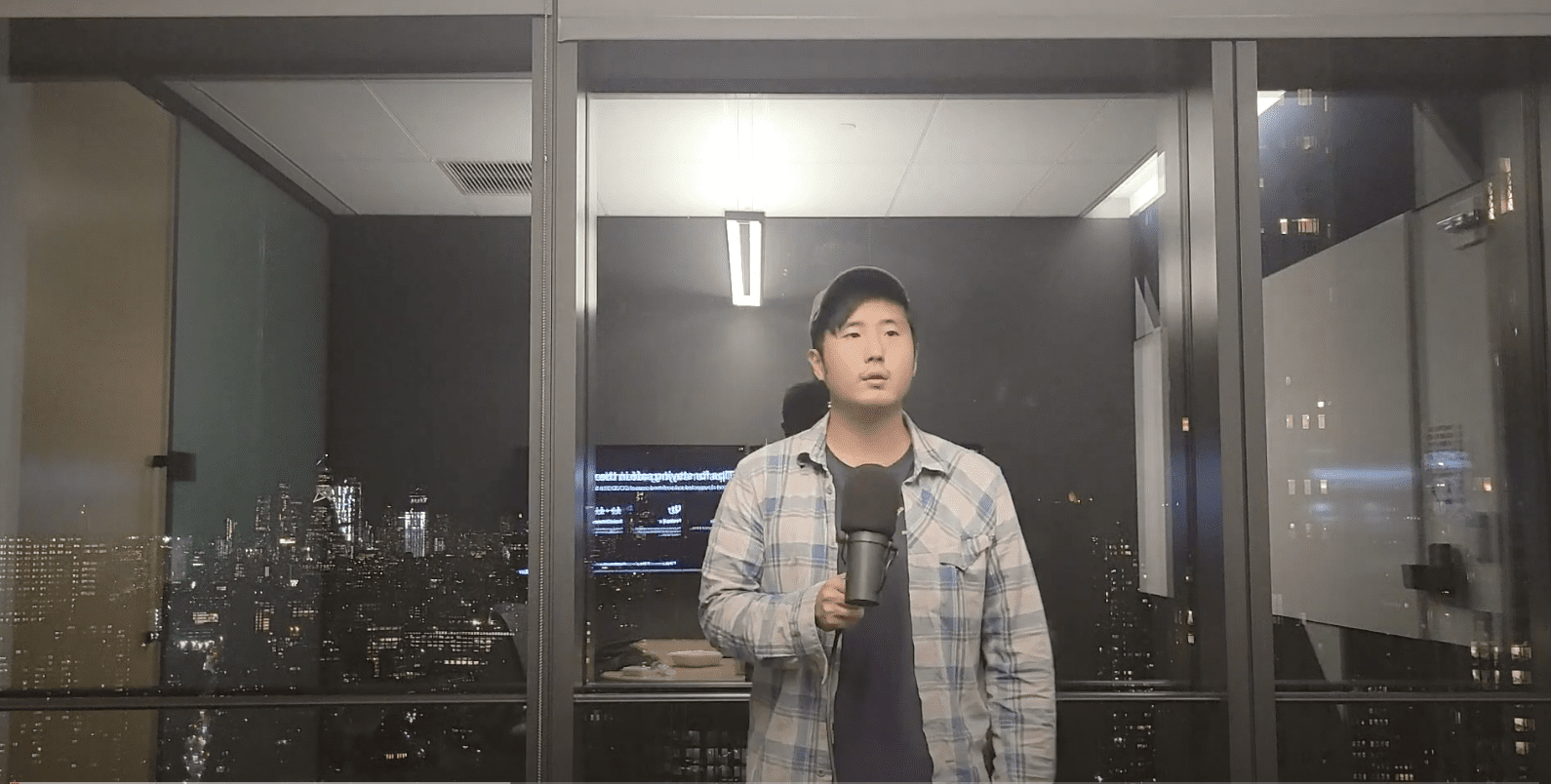Explore the Michelle Ostrove Blog
Freestyling and improvising with notes are important skills for a singing or pianist. A good musical ear is crucial for creativity! Freestyling or improvising in music is like an actor saying what comes to mind instead of reading off a script, except with notes. It’s a freedom that can be scary and freeing at the same time. It is a fun and creative process for playing piano or singing. While improvising may seem scary, particularly if you feel you barely…
Read MoreThere are different types of rhythmic patterns for songs. A good rhythmic pattern is an essential element in every song. Singers and pianists need good rhythmic patterns when performing a song. You can mix together sounds from singers and instruments, but without a rhythmic pattern as the backbone for the song, it will falls flat. There are many rhythmic musical instrument and they are used to provide a strong beat to a piece of music. The bass guitarist (John Entwistle)…
Read MoreWhat makes one singer stand out from the rest? The tone, enunciation, inflection of words and technique are a few reasons. Next time you listen to a song, notice how they sing the word “you.” How do you interpret the lyrics for a song? What do they mean to you? What feelings do the words awaken in you, and how can you evoke those feeling to the audience? Every successful singer has a distinct and recognizable sound. This has to…
Read MoreTo become the best singer or pianist you must practice. It is absolutely VITAL and the only way to take you to the next level. What you put into it is what you will get out of it. First thing to do is change your mind set about practice. Think of it as an exciting time to enrich your brain, expand your mind and enlighten you soul. The best musicians spend hours practicing. It isn’t rocket science nor is it…
Read MoreChoosing the right songs to sing or play on the piano will be different for everyone. Singing or playing piano with a specific style depends on a few things. One of the most important things is how you connect to the song. How do you interpret the lyrics for a song? What do they mean to you? What feelings do the words awaken in you, and how can you evoke those feeling to the audience? To choose the right songs…
Read MoreEvery singer wants to increase their vocal range, and hit those high notes with power. No one is born with the ability to sing the highest notes perfectly, expanding your range takes time and practice. There are two main muscle groups, the arytenoids and crico-thyroid muscles, that work with the vocal cords. Vocal cords are tiny little muscles that change in size and shape to create different sounds. The vocal cords get smaller and thinner when singing the high notes.…
Read MoreThere seems to be some confusion amongst singers with regards to certain vocal terminology. The term vocal range refers to the distance between the highest and lowest pitches that a singer is able to sing. Vocal register refers to vocal fold (vocal cord) function and the resulting sound quality. While there are general sets of notes for each register according to voice type, there’s plenty of overlap! Research by vocal pedagogues revealed that the vocal folds are capable of producing distinct vibratory patterns. Thus…
Read MoreWhen you sing, intonation refers to the WAY your voice rises and falls as you sing. If you were telling a story and got to a scary part, you may raise you pitch higher and no one does it exactly alike. As you tell the story your voice will become softer or louder depending on words. It’s the same with singing. The accuracy of your pitch (hitting the note or notes) is also part of it. The rise and fall…
Read MoreProfessional singers really work hard to maintain a healthy singing voice in order to sing on a daily basis. Here are the ten commandments to maintain a health singing voice and a problem-free vocals. Thou Shall Have a Daily Vocal Warm-Up Routine Thou Shall Eat Healthy and Drink Plenty of Water Thou Shall Get Enough Sleep Thou Shall Be Careful About What You Drink Thou Shall Not Consume Dairy Products or Sweets Before an Upcoming Performance Thou Shall Have a…
Read MoreSinging is a primal and healthy activity for every human being. Music is a wonderful release; taking you to another place, just like reading a book. So, whether it is learning to sing or play the piano better, you want to put your heart and soul into your activity. So many singers will hold back when they sing. Professional singing require energy and pouring out the emotions and feelings inside you. It’s like pouring water out of a cup, it…
Read More








